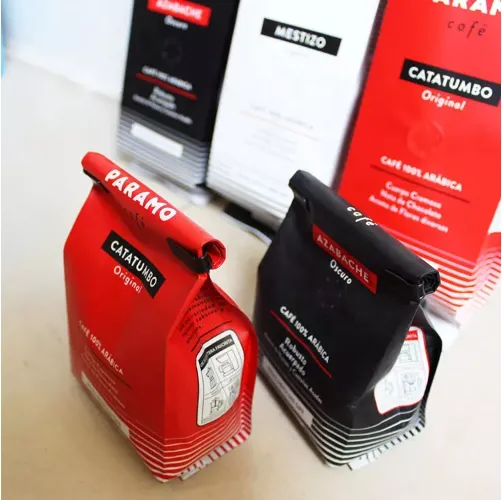- Afrikaans
- Albanian
- Amharic
- Arabic
- Armenian
- Azerbaijani
- Basque
- Belarusian
- Bengali
- Bosnian
- Bulgarian
- Catalan
- Cebuano
- chinese_simplified
- chinese_traditional
- Corsican
- Croatian
- Czech
- Danish
- Dutch
- English
- Esperanto
- Estonian
- Finnish
- French
- Frisian
- Galician
- Georgian
- German
- Greek
- Gujarati
- haitian_creole
- hausa
- hawaiian
- Hebrew
- Hindi
- Miao
- Hungarian
- Icelandic
- igbo
- Indonesian
- irish
- Italian
- Japanese
- Javanese
- Kannada
- kazakh
- Khmer
- Rwandese
- Korean
- Kurdish
- Kyrgyz
- Lao
- Latin
- Latvian
- Lithuanian
- Luxembourgish
- Macedonian
- Malgashi
- Malay
- Malayalam
- Maltese
- Maori
- Marathi
- Mongolian
- Myanmar
- Nepali
- Norwegian
- Norwegian
- Occitan
- Pashto
- Persian
- Polish
- Portuguese
- Punjabi
- Romanian
- Russian
- Samoan
- scottish-gaelic
- Serbian
- Sesotho
- Shona
- Sindhi
- Sinhala
- Slovak
- Slovenian
- Somali
- Spanish
- Sundanese
- Swahili
- Swedish
- Tagalog
- Tajik
- Tamil
- Tatar
- Telugu
- Thai
- Turkish
- Turkmen
- Ukrainian
- Urdu
- Uighur
- Uzbek
- Vietnamese
- Welsh
- Bantu
- Yiddish
- Yoruba
- Zulu
non woven products
The Rise of Non-Woven Products A Sustainable Revolution
In recent years, the market for non-woven products has experienced significant growth. These versatile materials, made from synthetic or natural fibers, have found applications in various fields, including healthcare, automotive, construction, and consumer goods. As sustainability becomes a key consideration for manufacturers and consumers alike, non-woven products are emerging as a valuable solution to pressing environmental issues.
Understanding Non-Woven Fabrics
Non-woven fabrics are created by bonding fibers together using mechanical, thermal, or chemical processes, rather than weaving or knitting them. This unique method allows for the production of materials that are lightweight, durable, and cost-effective. Non-woven fabrics can be engineered to possess specific properties, such as water resistance, breathability, or antimicrobial qualities, enabling them to meet diverse industry needs.
Applications in Healthcare
One of the most significant sectors where non-woven products have made an impact is healthcare. The demand for disposable medical supplies, such as surgical gowns, masks, and drapes, has surged, particularly in the wake of global health crises. Non-woven fabrics are ideal for this application because they can be produced in large quantities, ensuring a steady supply of essential items while maintaining hygiene standards. Furthermore, their ability to be treated for additional properties, such as anti-static or liquid-repellent features, makes them indispensable in medical environments.
Environmental Benefits
As the world strives for improved environmental sustainability, non-woven products offer several advantages. Traditional woven fabrics often require significant water and energy for production, along with chemical treatments that can harm the environment. In contrast, non-woven fabrics can be made from recycled materials and require less energy and water during their production process. Additionally, many non-woven products are biodegradable or can be easily recycled, reducing landfill waste and promoting a circular economy.
non woven products

Versatile Uses in Everyday Life
Beyond healthcare, non-woven products have found their way into everyday products. From shopping bags to household cleaning wipes, the applications are nearly limitless. For instance, reusable shopping bags made from non-woven materials are rapidly replacing single-use plastic bags, aligning with environmental regulations and consumer preferences for sustainable options. Similarly, non-woven filters are used in air and water purification systems, contributing to better health and quality of life.
Challenges and Considerations
Despite the many benefits of non-woven products, there are challenges to consider. The reliance on synthetic fibers, such as polypropylene, raises concerns regarding the long-term environmental impact of microplastics. Therefore, manufacturers are increasingly exploring bio-based alternatives and improving recycling processes to mitigate these issues. Consumer awareness and demand for sustainable products also play a crucial role in driving innovation in this sector.
The Future of Non-Woven Products
Looking ahead, the future of non-woven products appears promising. With ongoing advancements in material science and eco-friendly technologies, the potential for creating smarter and more sustainable non-woven fabrics is immense. As companies continue to invest in research and development, we can expect to see even more innovative applications and enhancements that prioritize sustainability without compromising performance.
In conclusion, non-woven products represent a significant step forward in manufacturing and sustainability. Their versatility, cost-effectiveness, and environmental benefits position them well in an increasingly eco-conscious market. By embracing these innovative materials, industries can contribute to a more sustainable future while meeting the needs of consumers and society as a whole.













